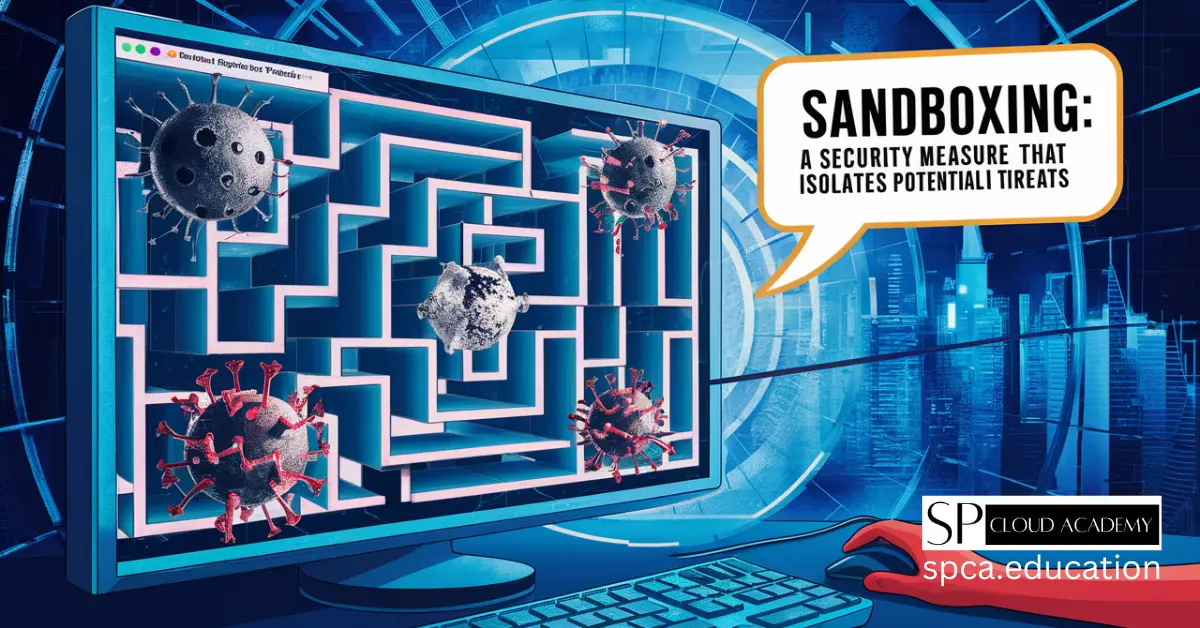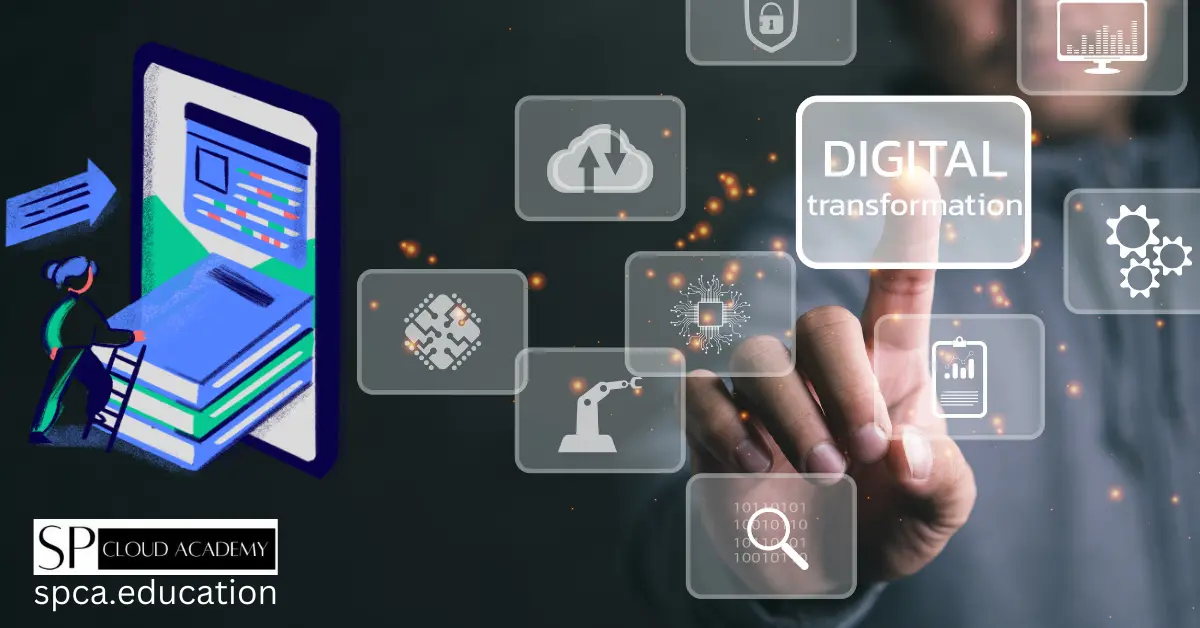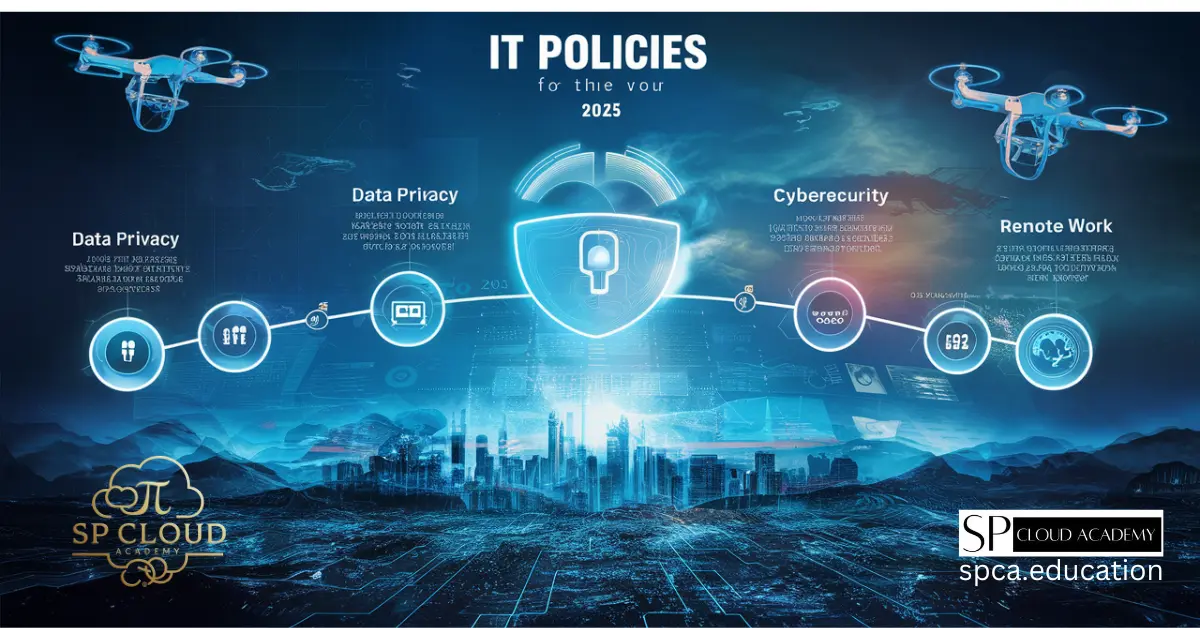Introduction
In today’s fast-paced digital ecosystem, IT policies have become the cornerstone of operational efficiency and security in organizations. Over the past decades, these policies have matured from rudimentary guidelines into sophisticated frameworks that encompass everything from data protection to employee device management. This evolution reflects the growing complexity of technology and the expanding threat landscape, emphasizing the need for organizations to adapt.
As we step into 2025, the role of IT policies is even more pronounced. With trends like remote work, artificial intelligence, and blockchain redefining business operations, companies must ensure their IT policies are not only relevant but also forward-thinking. This article delves into the evolution of IT policies, highlights trends influencing them, and provides actionable insights for crafting robust policies for the future.
Understanding IT Policies
Definition and Purpose of IT Policies
An IT policy is a documented set of guidelines and standards designed to manage and secure an organization’s IT resources. These policies outline the acceptable use of technology, define employee responsibilities, and set protocols for addressing incidents. The primary purpose is to ensure alignment between technological operations and organizational goals, reducing risks while boosting efficiency.
Core Components of Effective IT Policies
- Acceptable Use Policy (AUP): Guidelines on the proper use of organizational devices and networks.
- Data Protection and Privacy: Protocols for handling sensitive data in compliance with laws like GDPR.
- Incident Response Plan: A roadmap for addressing cybersecurity breaches or IT failures.
- Access Control: Clear definitions of who can access specific systems and data.
- Employee Training and Awareness: Programs to educate staff on IT policies and best practices.
Common Misconceptions About IT Policies
- “They’re too restrictive.” Some believe IT policies stifle creativity, but well-crafted policies balance security and flexibility.
- “They’re only about cybersecurity.” While cybersecurity is a significant component, IT policies also cover operational efficiency, legal compliance, and more.
- “They’re static documents.” On the contrary, effective IT policies evolve to meet changing technological and business needs.
The Evolution of IT Policies
Key Milestones in the Development of IT Policies
The journey of IT policies began in the 1980s with the rise of personal computers in workplaces. Early policies focused on basic device usage. By the 2000s, the explosion of the internet and e-commerce introduced data security regulations. Today, IT policies address cloud computing, IoT, and AI ethics, reflecting the dynamic nature of technology.
Impact of Major Technological Advancements
- Cloud Computing: Policies now include guidelines on cloud service usage and data residency requirements.
- Mobile Devices: The Bring Your Own Device (BYOD) trend has necessitated clear rules on personal device usage.
- AI and Automation: Organizations are drafting policies to ensure ethical AI use and prevent automation-related risks.
The Role of Regulatory Changes
Governments worldwide have introduced stringent data protection laws like GDPR and CCPA. These regulations compel organizations to refine their IT policies to ensure compliance, driving a culture of accountability.
Current Trends Influencing IT Policies
Cybersecurity Threats and Their Influence
The frequency and sophistication of cyberattacks have skyrocketed, compelling organizations to prioritize security measures. IT policies now emphasize multi-factor authentication (MFA), zero-trust architecture, and regular security audits.
The Rise of Remote and Hybrid Work Models
The global shift to remote work, accelerated by the COVID-19 pandemic, has redefined IT policies. Organizations must address challenges like securing remote access, managing virtual collaboration tools, and ensuring employee compliance outside traditional office settings.
Increased Reliance on AI and Automation
AI and automation are reshaping industries, but they also introduce risks like algorithmic bias and job displacement. Modern IT policies focus on transparent AI usage, regular audits of automated systems, and retraining programs for employees.
Key Challenges in IT Policy Implementation
Balancing Flexibility and Security
One of the biggest challenges organizations face is maintaining a balance between allowing employees the flexibility to innovate and ensuring stringent security measures. For instance, BYOD policies, while increasing convenience, open up vulnerabilities. Effective IT policies must strike a middle ground, enabling productivity without compromising security.
Managing Diverse IT Environments
With hybrid clouds, multi-vendor systems, and diverse devices becoming the norm, managing IT environments has grown increasingly complex. Policies must account for the interoperability of systems while addressing specific risks associated with each platform.
Addressing Resistance to Change
Resistance from employees and stakeholders can impede the successful implementation of IT policies. Whether it’s due to a lack of understanding or fear of increased monitoring, organizations need to invest in training and change management programs to foster a culture of compliance.
Developing IT Policies for 2025
Conducting a Thorough Risk Assessment
A robust IT policy begins with identifying potential threats and vulnerabilities. Organizations must conduct regular risk assessments to evaluate the likelihood and impact of security breaches, system failures, or non-compliance with regulations.
Defining Clear Objectives and Scope
Policies must have well-defined goals tailored to the organization’s needs. For instance, a healthcare provider’s IT policy might prioritize patient data privacy, while a tech startup might focus on safeguarding intellectual property. Clear scoping ensures that all critical areas are addressed without creating overly complex guidelines.
Involving Stakeholders in Policy Creation
Engaging stakeholders from various departments fosters collaboration and ensures the policy is comprehensive. IT staff, HR, legal teams, and even end-users should contribute, as their insights can identify overlooked risks or opportunities.
Best Practices for IT Policy Management
Regular Policy Reviews and Updates
Technology evolves rapidly, and so should IT policies. Regular reviews ensure that policies remain relevant and effective. Organizations should establish a review cycle, such as annually or after major technological changes, to keep policies up-to-date.
Training Employees on IT Policies
Policies are only as effective as their implementation. Training programs should educate employees about the policies, the rationale behind them, and their roles in compliance. Interactive sessions, regular reminders, and easy-to-access documentation can significantly improve adherence.
Monitoring and Compliance Strategies
Continuous monitoring through tools like Security Information and Event Management (SIEM) systems ensures real-time compliance. Organizations should also establish mechanisms for reporting non-compliance and conducting periodic audits to identify gaps.
The Future of IT Policies
Anticipating Technological Disruptions
Emerging technologies such as quantum computing, 6G, and edge computing will demand new approaches to IT policies. Organizations must stay ahead by actively monitoring technological trends and assessing their potential impact on current frameworks.
The Role of Blockchain in IT Policy Enforcement
Blockchain technology offers unprecedented transparency and security. For example, smart contracts can automate policy enforcement, ensuring compliance without human intervention. Organizations could use blockchain to track access to sensitive data or enforce SLAs in vendor agreements.
Predictive Analytics for Policy Adjustments
AI-driven predictive analytics can help organizations anticipate future challenges. By analyzing trends, these tools can recommend proactive policy adjustments, enabling businesses to stay resilient in the face of disruptions.
Case Studies: IT Policies in Action
Success Stories from Leading Organizations
- Google’s Data Privacy Policy: Google’s stringent data handling protocols have set benchmarks in the industry, showcasing how robust IT policies build trust.
- Netflix’s Remote Work Policy: Netflix’s adaptive IT policy for remote employees highlights the importance of balancing security and productivity.
Lessons Learned from Policy Failures
- Equifax Data Breach: The 2017 Equifax breach exposed the company’s weak IT policy enforcement, underlining the importance of regular updates and vulnerability assessments.
- Target’s POS System Hack: The hack, caused by a lack of network segmentation, underscores the need for comprehensive security measures in IT policies.
Conclusion
The evolution of IT policies mirrors the rapid transformation of technology and its integration into business operations. As we move toward 2025, organizations must adopt proactive, dynamic approaches to policy creation and enforcement. By addressing current challenges, embracing emerging technologies, and fostering a culture of compliance, businesses can ensure their IT policies remain a cornerstone of resilience and growth.
Books
- Developing Cybersecurity Programs and Policies in an AI-Driven World
- Information Security Policies, Procedures, and Standards: A Practitioner’s Reference
- Computer & IT Policies and Procedures Manual
- Developing Cybersecurity Programs and Policies
- Cyber Security Policy Guidebook
See Also
-

Battle of the Tech Titans: A Deep Dive into Google vs. Microsoft Ecosystems
-

eSIM Revolution: Why SIM-Less Smartphones Are the Future of Mobile Tech
-

Mastering IT Incident Response: A Comprehensive Framework for Corporate Security
-

Why Job-Related SOPs Are the Secret Weapon of Top IT Teams
-

Sandboxing Technology Explained: How It Shields Your System from Cyber Threats
-

The Metaverse Revolution: How It’s Changing the Way We Work, Play, and Live
-

Digital Twins: The Future of Smart Technology and How It’s Transforming Industries
-

The Future Is Now: 7 Game-Changing Trends in Digital Transformation
-

Artificial Intelligence Agents Explained: What They Are and Why They’re the Future of Productivity
